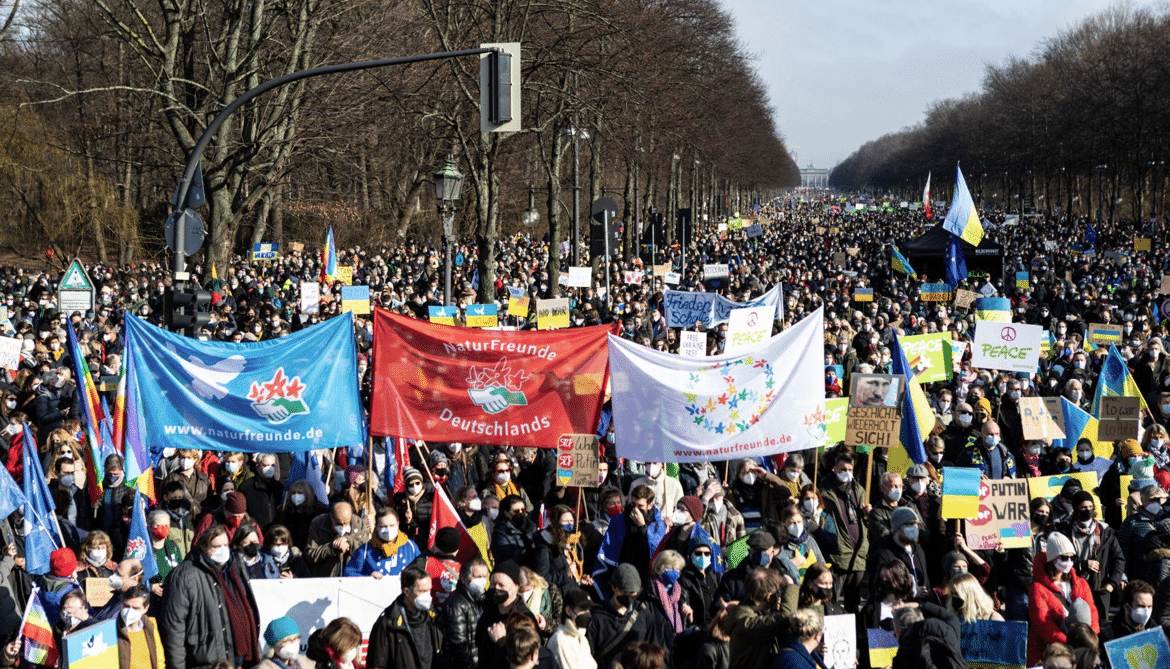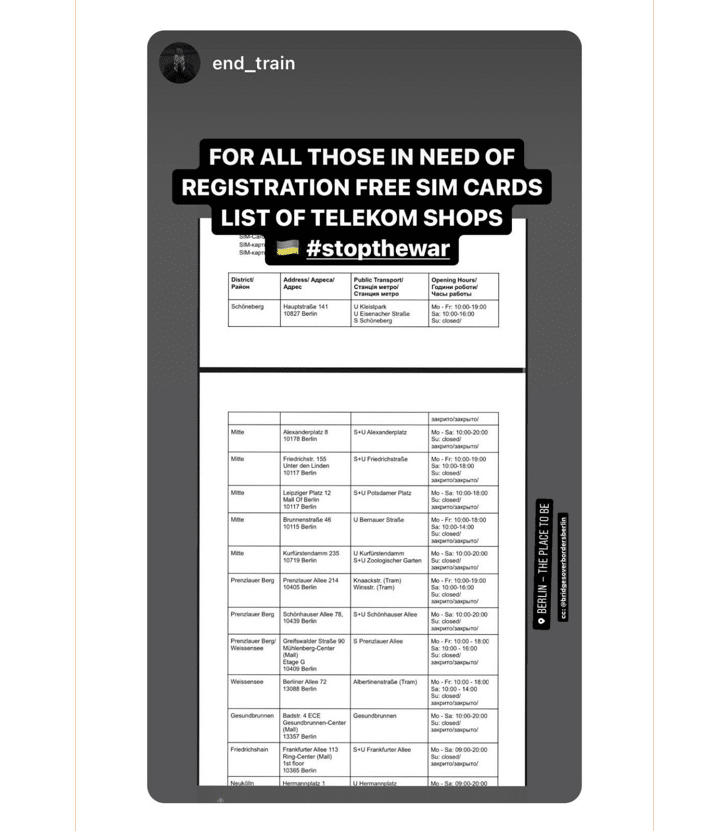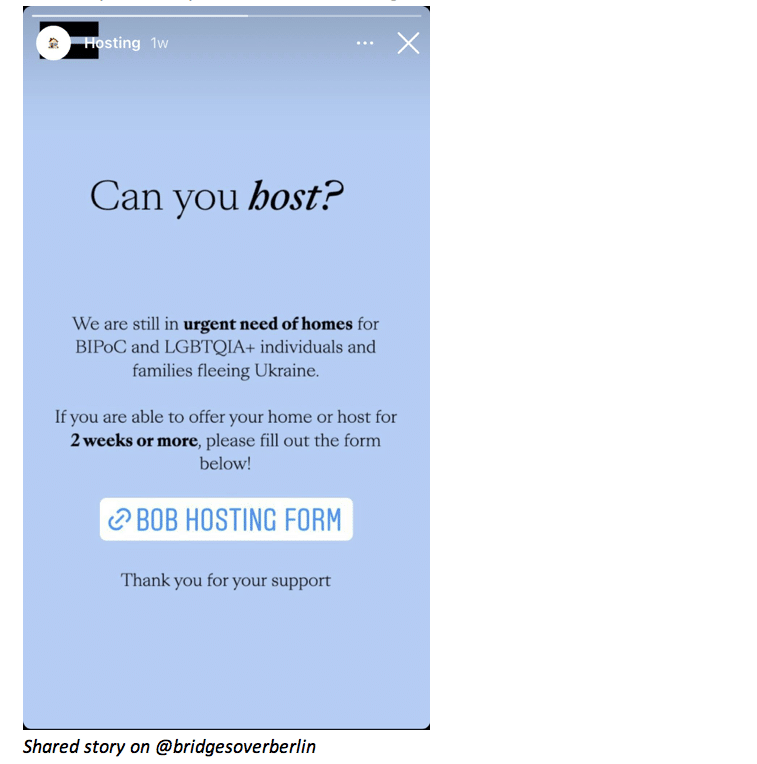Since February 24, 2022, when Russia invaded Ukraine, the social landscape has dramatically shifted, especially for those of us in Europe. Many are now mobilizing to offer aid, using the structures and resources already available to them, and unsurprisingly, one the most prevalent is social media. It’s a phenomenon we’ve seen many times over the last couple years, but the resourceful ways that organizers, activists, and creatives have deployed social media to counter the Russian invasion is inspiring and illuminates how our digital cultures respond to need.
Protest in Berlin on February 27th against the invasion, drawing in somewhere between 100,000 and 500,000 people.
Through this article, I will show how digitally-savvy people have responded to this catastrophic event, highlighting social media’s power and drawbacks. Activism, knowledge-sharing and crisis response are becoming more and more sophisticated with each successive global catastrophe or sociopolitical uprising, and we can all learn from how people mobilize in times of crisis. As we continue to witness and live through major historic events, it’s become clear that we’ve perfected how to make an impact.
Crowdsourced resources
Shared story on @bridgesoverberlin
Our “constant connectivity” has shaped how we’re able to navigate logistics in order to make a project happen. In the early hours of the way, Instagram stories became a principal arena for providing direct relief. By posting and resharing stories, people across central and eastern Europe coordinated the delivery of medical supplies, clean clothes, dried food, diapers, bedding, and other needed materials to Ukraine. People who likely wouldn’t identify as activists before the invasion are using their platforms to connect people driving to the Ukrainian borders with people able to offer resources.
One of the most moving examples of this has been the sourcing of housing in Berlin for those fleeing Ukraine. Hundreds posted on social media to offer their rooms, flats, entire hostels, and any other form of shelter, no matter how temporary. Activist organizations eventually consolidated these offers into a Google doc to help people seeking refuge contact those with a space to host. We’ve become accustomed to using IG stories to find roommates, freelancers, and recommendations, and this sensibility was easily converted to answering an immediate need.
Sharing to inform
The dissemination of information about the specific discriminations and difficulties within this crisis has led to rapid mobilization to assist and support. Black Women for Black Lives immediately began organizing to support people of the African diaspora in Ukraine, raising funds and spreading information on safe routes out of Ukraine. Bridges Over Berlin was formed to support people of color, queer people, and any person of a marginalized identity trying to leave Ukraine. Both are in need of funds, for anyone who is able to donate.
Creative centers turn to community aid
We are, once again, blown away by how creative people respond dynamically to pressing circumstances. The club ∄ in Kyiv, also called K41, has turned to organizing with arranging and connection people for shelter, evacuation assistance, and financial aid. Restaurants began offering free meals and collecting food for people arriving. Artists and artisans offered raffles of their work over IG stories to raise mutual aid funds. Nightlife events taking place over this month donated portions of their sales or held donation boxes at the door. Social media was an essential amplification tool to show where the money was going and provide resources for audiences to learn more. It’s also worth noting that the quickest, most direct, and most proportionally significant assistance was offered by independent creatives, once again setting the pace for how larger, more commercial entities should be responding.
Since the Ukrainian-Russian war began a month ago, activists have demonstrated how to adapt our behavior on social media for immediate need. It’s apparent during times like these just how much the digital arena has shaped our outlook, output, and capacity to imagine what’s possible.











